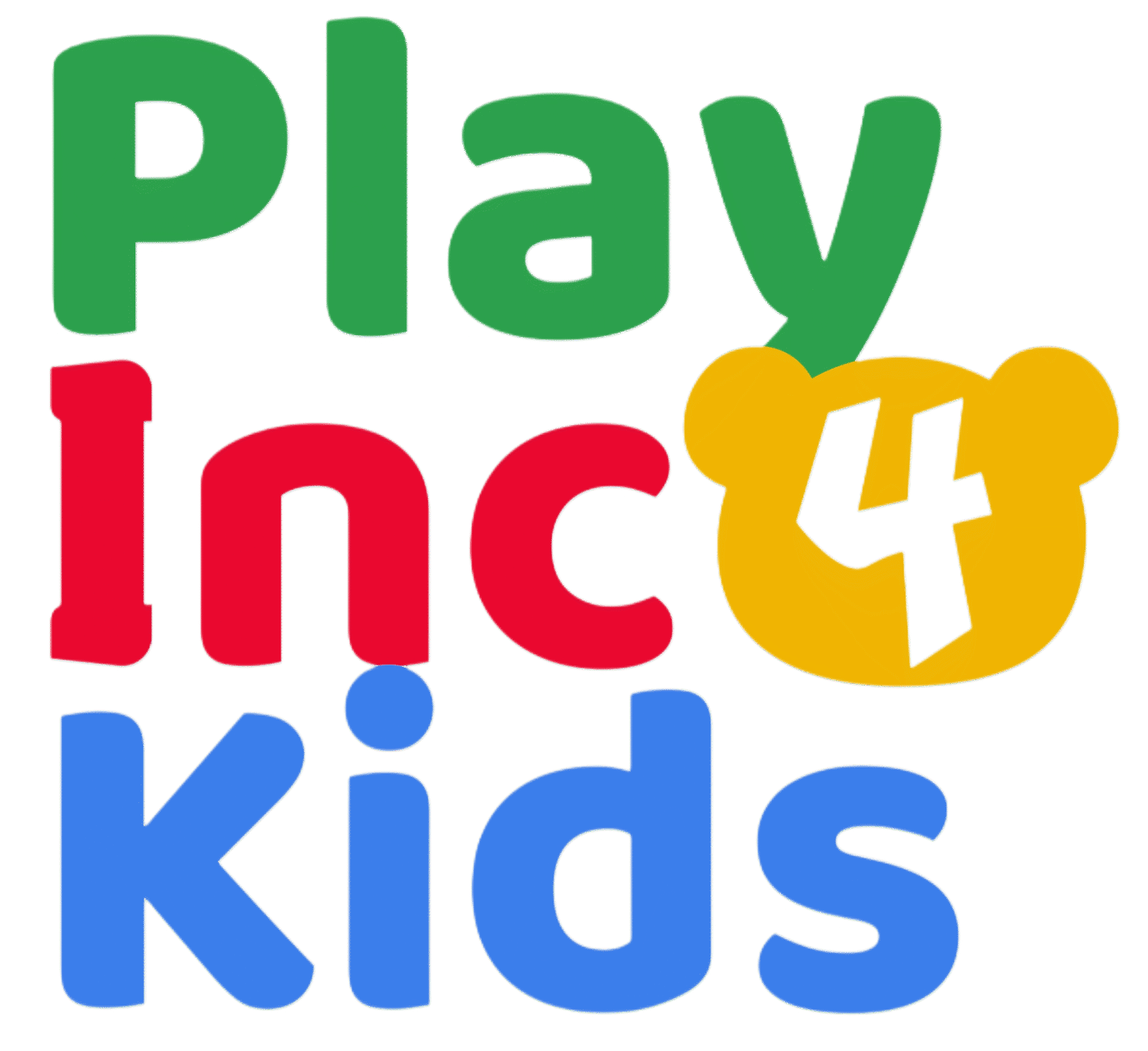HLA
UCEC – TODAY YOU ARE THE COACH
- Brief description
- Context and needs
- Activities and rules
- Location, environment and equipment
- Method
- Side Activities
- Target
- Impact
The activity serves to connect athletes with disabilities and athletes without disabilities in an inclusive way. It allows to develop a sports activity where the players, selected in pairs, develop the training together, at their own pace and above all with the motivation exercised by the coach.
There are currently no inclusive activities in cities. We want to propose this activity to be able to bring together two social groups that have always been separated. People with disabilities have never had a sports space and have always had to watch the sport from the outside without being able to practice it.
In this activity athletes learn to work, control and motivate in pairs. In addition, they develop technical, motor and emotional skills that go beyond sport.
This activity is aimed at the need: Harmonious growth of the technical-motor-emotional-cognitive skills of the athletes and the group.
The activities take place within a normal training. Actions must be programmed in advance so that athletes (grouped by inclusive couples) can develop them alone.
The activities are:
- Ball control (cones are placed to control the ball between them).
The athlete who is the coach controls that his partner maintains control of the ball and improves his skill. The exercise should be performed zig-zag between the cones.
RULES: At the end of the activity, couples must talk and assess their exercises, together with their team coaches.
- Pass and play (they are placed near the goal and build a play).
The coach controls the teammate and helps him by giving the pass to build a play on his own. (creates confidence in the player, as well as skills and problem solving). The exercise should be performed with the player running straight to the goal and in parallel the coach. They pass the ball and then score a goal.RULES: At the end of the activity, couples must talk and assess their exercises, together with their team coaches.
- Games with tancas (they use the tancas in different games to improve the physique, the jump and the start).
Athletes perform different activities with the tancas. Athletes control and motivate each other. In the game they jump with both legs, jump like athletes, etc.
It allows the exercises to improve your motor and motivational skills.
RULES: At the end of the activity, couples must talk and assess their exercises, together with their team coaches.
The activity can be developed in any sports space. In this case on a football field where players can organize their training in groups.
For secondary activities it should be noted that a classroom with a technical equipment of a PC, projector and blackboard is required to carry out the training.
The environment of the activity should be a quiet place where the players feel safe and calm so that they can concentrate and function with the greatest tranquility.
The activities:
- Ball control: The material to develop the activity are 6 cones and a soccer ball. The location should be on one side of the field.
- Pass and play: Plan a play in advance by the team coach. Place the athletes in the middle of the capo and build a play in parallel. E material only requires one ball.
- Play with tancas: The activity should be developed on one side of the field and place the tancas separated by half a meter. In total 6 tancas in a row.
The activity is designed to make accessible to all athletes the importance of knowing and understanding the organization of a training. To do this, you need to plan simple workouts in advance with activities that are easy to practice and understand. This together with different sports materials such as ladder, cones, goals and balls will allow players to work in pairs.
It is important that coaches are clear about the rules of each exercise. Monitor and evaluate them months later. The evolution of athletes can only be understood if the evolution of the motor-social skills of each player is controlled individually.
The methodology will improve the relationship between athletes with disabilities and those without disabilities. This relationship can be observed with the different activities such as ball control and jumping tancas allows them to work together. Each player will learn and develop the skills at a different pace.
The exercises are designed to be accessible to all players on the team
For example: Activities should be simple with basic exercises such as running, jumping or preparing plays.
In addition, training in sports knowledge is promoted and the skills and potential of all participants are improved. During the trainings in the classrooms the players are separated, this allows the coach to control that everyone learns the knowledge.
- The formations should be simple with images and graphic examples so that everyone can understand it.
For example: Prepare didactic and simple videos of play or training. This will allow everyone to understand and understand the sport much better.
Secondary activities allow players to unite and create bonds beyond sport.
- Snack together 30 minutes before the sports
This allows players to interact with more personal aspects and experiences that are not strictly sporting and create bonds.
RULES:It is important that everyone understands the importance of a healthy and balanced diet.
- Face-to-face
Dedicate one hour a week to learning in a classroom sports concepts, values, respect and integration. This allows group work to analyze the technical and organizational aspects.
RULE: Silence and attention are necessary for formation. In addition, many young people have attention problems.
The activity is aimed at athletes from 8 years old to 13 years old. In inclusive teams it is important to highlight the differences and personal developments of each player. For this reason, the early age is very complicated. You have to prepare the players from the age of 8.
The teams must be 15 or 20 athletes in each of the primary and secondary activities. The activity requires groups of two athletes on the pitch. Couples of athletes with disabilities and without disabilities should not be maintained during the trainings in case problems of understanding of any athlete appear.
The activities proposed above have a very important added value. They are activities in order to create an inclusive team where everyone feels part of the team and equally. Players learn formative and organizational. In addition, it also allows them to achieve creative aspects such as creating, designing and organizing a training.
Each player can improve, if the methodology is followed, their personal, social and sports relationships. And all this in an inclusive way.
PlayInc Key Aspects
Complementary activities mix sports activity with social relationships on and off the field. It allows players to develop their poor motor, social and technical skills.
Contact the organisation
Contact

Name: Unio De Consells Esportius De Catalunya (UCEC)
Website: www.ucec.cat
Facebook: Consells Esportius de Catalunya
Youtube: Consells Esportius de Catalunya
Twitter: Consells Esportius
E-Mail: international@ucec.cat
